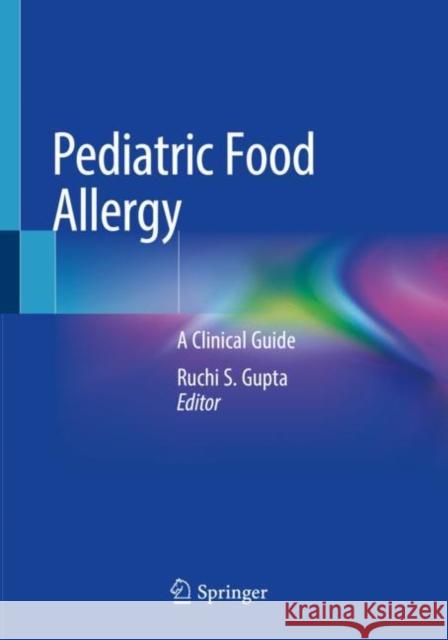Pediatric Food Allergy: A Clinical Guide » książka
topmenu
Pediatric Food Allergy: A Clinical Guide
ISBN-13: 9783030332945 / Angielski / Miękka / 2021 / 281 str.
Pediatric Food Allergy: A Clinical Guide
ISBN-13: 9783030332945 / Angielski / Miękka / 2021 / 281 str.
cena 385,52 zł
(netto: 367,16 VAT: 5%)
Najniższa cena z 30 dni: 382,84 zł
(netto: 367,16 VAT: 5%)
Najniższa cena z 30 dni: 382,84 zł
Termin realizacji zamówienia:
ok. 20 dni roboczych.
ok. 20 dni roboczych.
Darmowa dostawa!
Kategorie BISAC:
Wydawca:
Springer
Język:
Angielski
ISBN-13:
9783030332945
Rok wydania:
2021
Wydanie:
2020
Ilość stron:
281
Oprawa:
Miękka
Wolumenów:
01











